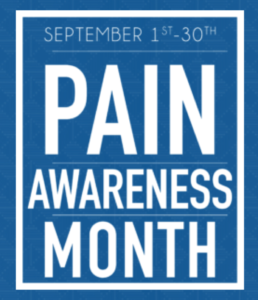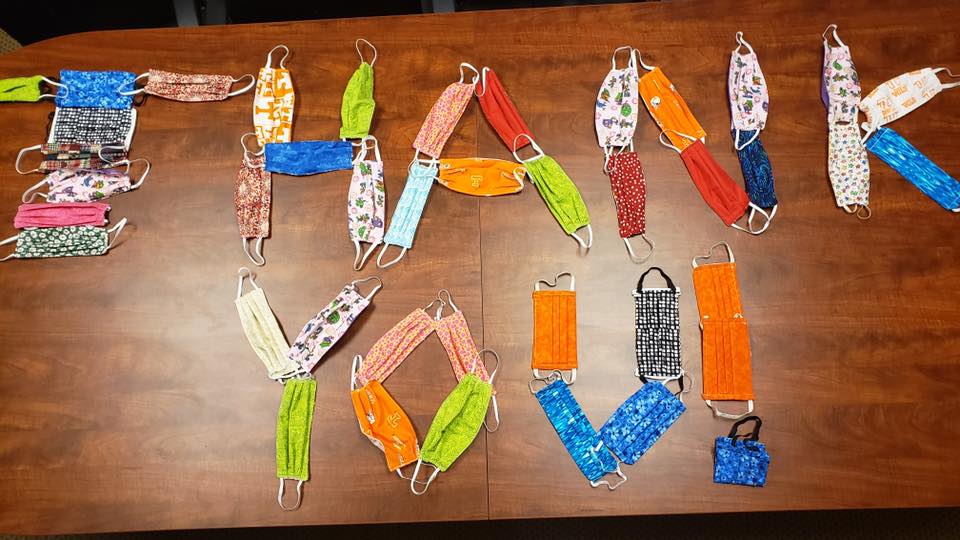
You have no doubt heard about the opioid crisis. The nation is experiencing far too many deaths due to opioid overdose. Statistics shows that these overdoses are very much driven by illegal opioids – opioids manufactured and distributed illegally. These are often laced with fentanyl – a powerful opioid – that increases the “high” from the opioid but also greatly increases the chance of deadly overdose. In our area there have been many newspaper and TV news stories about the opioid crisis.
What seems to have been lost in this focus on opioid deaths is the impact it has had in the treatment of chronic pain patients. If you’re a patient with chronic pain you know how pain treatment has changed so dramatically over the last decade. The use of opioids for chronic pain has decreased significantly over the decade, and non-opioid treatments like injections, psychology, physical therapy and occupational therapy are increasingly used as a first choice for chronic pain conditions. This has created safer and often more effective pain treatment and led us away from our former excessive reliance on opioid medications in the treatment of chronic pain.
What I think has recently been lost or overlooked however is that fact that our nation has a chronic pain crisis as well as an opioid crisis. The American Chronic Pain Association (the ACPA) started Pain Awareness Month in 2001. This was at a time when chronic pain was just beginning to emerge and receive attention and recognition as a legitimate medical condition that needed to be addressed. The need for this increased awareness was there because chronic pain conditions were largely ignored by the medical community for most of the 20th century. The idea of a “pain clinic” was started in the 1950’s and was only gradually adopted as the model of care through the 1960’s into the 1990’s. Pain Awareness Month was meant to continue this trend of identifying people in chronic pain and treating them rather than ignoring them.
But the problems with the overprescribing of opioids by illegitimate pill mills and now the illegal opioid crisis have, I think, pushed the issue of chronic pain to the back burner and out of the public eye. Sometimes if patients or providers ask for more tools or resources for the treatment of chronic pain, they are ignored or perhaps thought to be representatives of the pharmaceutical industry. Chronic pain needs to be talked about, and the public needs to know that chronic pain is prevalent and that it is important to treat chronic pain with the best and safest tools available.
If you want to know more about chronic pain or patient advocacy groups, you can contact the American Chronic Pain Association https://www.theacpa.org. Or follow the Tennessee Pain Society https://www.tennesseepain.org. Or sign up for the a magazine about chronic pain https://www.painpathways.org. Become aware and knowledgeable about chronic pain, and help balance the public discussion to recognize the important issues of both opioid overdose and chronic pain.



